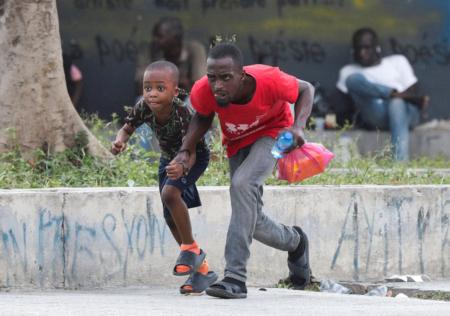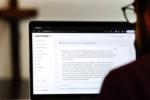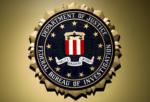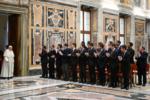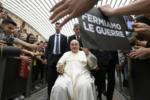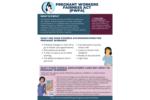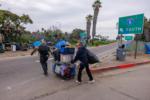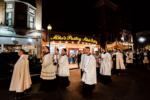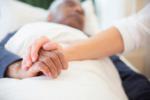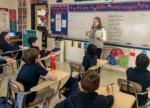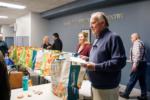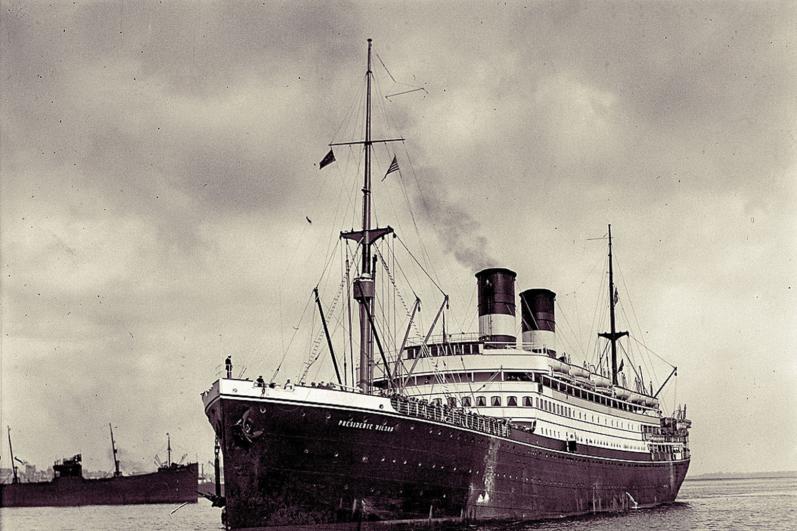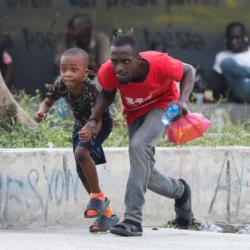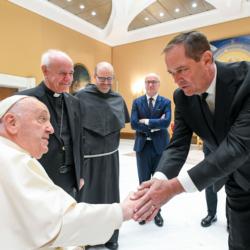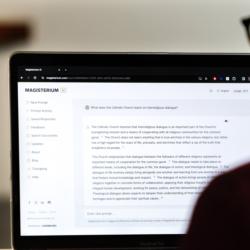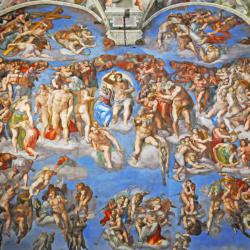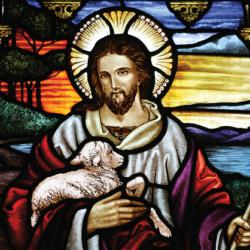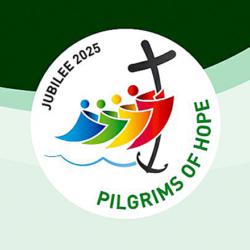Cardinal O'Connell's race to attend the conclave of 1922
On April 22, 1922 -- 100 years ago this week -- Boston's Cardinal William Henry O'Connell returned to the U.S. after spending more than two months abroad. He had traveled to the Vatican for the papal conclave that was held following Pope Benedict XV's death on Jan. 22, but he had arrived too late to participate.
On Jan. 21, Cardinal O'Connell issued a statement to the clergy and faithful of the Archdiocese of Boston, notifying them that Pope Benedict XV was on his deathbed. "We have received official communication from the Cardinal Secretary of State," the cardinal wrote, "that His Holiness ... is very gravely ill. We recommend, therefore, to the prayers of the faithful our most beloved Holy Father and request all the priests of the diocese to be mindful of His Holiness in their masses, to the end that God may restore him to health and to the Government of the Holy Church, for which he has consecrated his whole life."
Cardinal O'Connell sent a cable to the secretary of state, Cardinal Pietro Gasparri, relaying the prayers of the whole archdiocese for the restoration of the pontiff's health. Quietly, he directed his secretary to begin making arrangements for his trip to Rome in the event of the pope's death.
In the early 20th century, the Dean of the College of Cardinals was required to open a papal conclave within 10 days of the pontiff's death. This timeframe had long posed a challenge to cardinals outside of Italy, and especially to cardinals outside of Europe. Despite 19th- and 20th-century improvements in communication and transportation, it was nearly impossible for American cardinals to reach the Vatican in time for a conclave.
In 1878, the first American cardinal, Cardinal John McCloskey of New York, arrived five days after the start of the conclave, three days after its conclusion. In 1903, Cardinal James Gibbons of Baltimore made it to the conclave only because the death of Pope Leo XIII had long been anticipated. In 1914, Cardinal O'Connell had missed the first papal conclave for which he was eligible by a mere few hours. In 1922, he was determined to make it to Rome in time to participate in the election of Pope Benedict XV's successor.
By 1922, many members of the College of Cardinals had begun to feel that the 10-day requirement for convening a papal conclave was unfair to the American cardinals and needed to be changed. Even as the conclave convened on Feb. 2, a group of cardinals led by Janos Csernoch of Hungary and Friedrich Piffl of the Austrian Empire pushed for the college to wait to cast ballots until the American cardinals arrived. (While no cardinal was permitted to leave the conclave once it was convened, latecomers could enter and participate in any remaining ballots.) The opposing viewpoint, championed, unsurprisingly, chiefly by the Italian cardinals, carried the day.
Cardinal O'Connell and the other two non-Europeans, Cardinals Denis Dougherty of Philadelphia and Louis-Nazaire Begin of Quebec City, were outraged that their best efforts to reach the Vatican were insufficient. They could not have traveled faster. Cardinal O'Connell had raced from Boston to New York, boarded a high-speed steamship direct to Naples, and sped to the Vatican from Naples on a special train reserved for his use by the Italian government. On Feb. 6, just as Pope Pius XI made his first public appearance on the balcony overlooking St. Peter's Square, he rushed through the city gates -- only to see that his haste had been in vain, and he had, again, missed the conclave, this time by less than one hour.
In his first audience with the new pope, Cardinal O'Connell petitioned for the conclave rules to be changed to ensure the participation of non-European cardinals. Pope Pius XI, who had been moved by the story of the cardinal's race to the Vatican, promised to change the 10-day rule. After the audience, he told reporters, "All the American cardinals will be present at the next conclave. There will be no more racing 5,000 miles in a vain endeavor to reach Rome . . . The United States is too important to be ignored as she has been." True to his word, he promulgated the document "Cum proxime" on March 1, 1922, setting the start of the conclave at up to 15 days from the death of the pope, and additionally allowing for the College of Cardinals to extend that to 18 days if necessary.
Before returning to the United States, Cardinal O'Connell remarked, "I feel now that our race across the ocean was not altogether in vain. We return feeling happier that the haste which was necessitated through the 10-day limit is not so impelling as before. We will now have time to get here."
His words proved true during the next papal conclave in 1939, when, at the age of 79, he participated in the conclave that elected Pope Pius XII.
VIOLET HURST IS AN ARCHIVIST FOR THE ARCHDIOCESE OF BOSTON.
